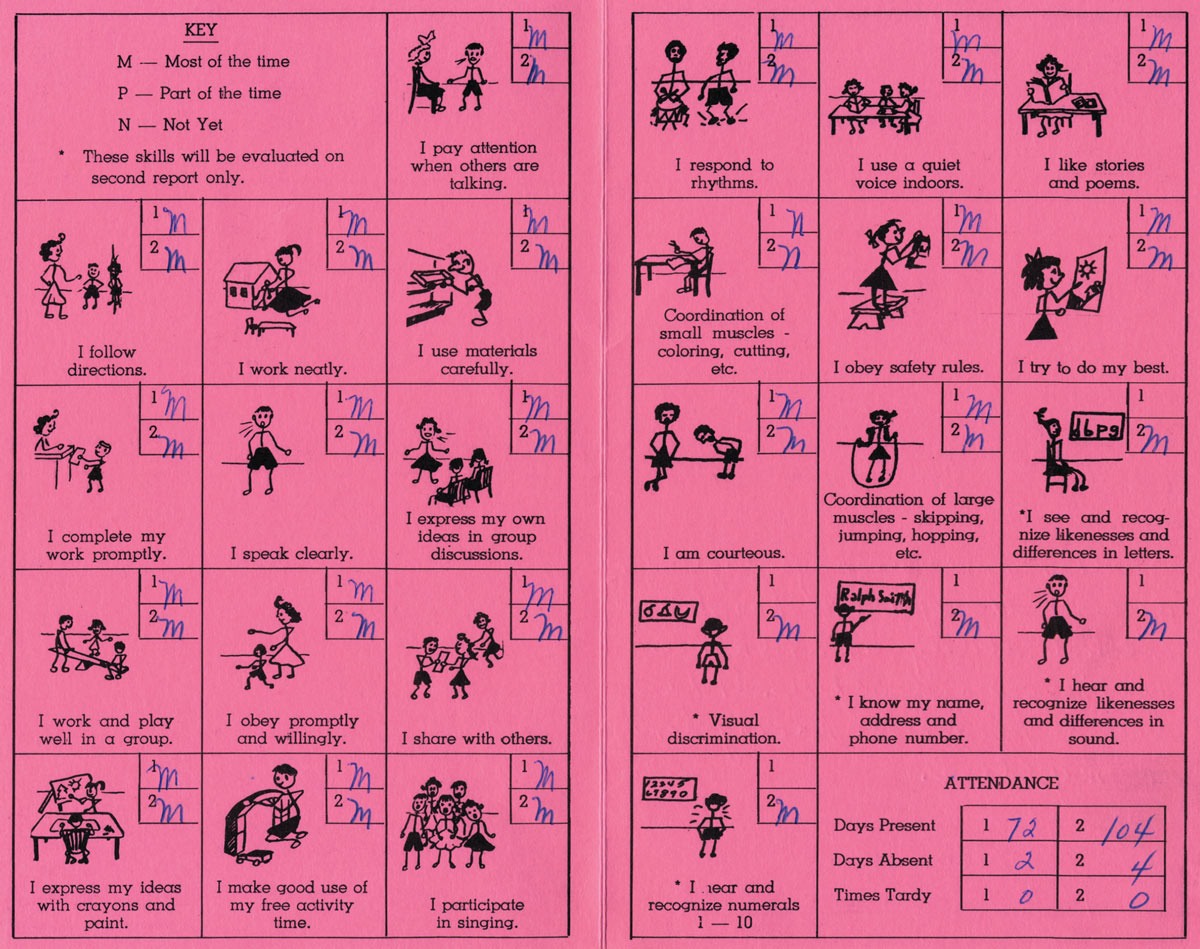I Tried!
And failed!
Jonathan Ames
I am no good with my hands. There’s no getting around it. I can’t fix anything. I can’t build anything. I can’t take apart anything. I even find ATMs troublesome. The little diagram on how to insert the card is very mysterious to me. I also don’t like having to put gas in an automobile. I can’t seem to squeeze the handle correctly; it’s always clicking. That’s why I prefer New Jersey for motoring: Self-service pumps are illegal in the Garden State.
So when the good editors of Cabinet asked me to be a guinea pig for making cut-out art objects, I said, “I’m no good with my hands,” which is something I’ve said thousands of times before in various situations, including the first sentence of this essay. But this didn’t stop the Editors from insisting I take the job. I think their reasoning was that if I could make the objects, then anybody could. For example, most importantly, you good readers of Cabinet.
So I was provided with the necessary materials and sitting at my kitchen table, I first tackled Allan Wexler’s “chair.” Using an X-acto knife, I found it rather peaceful to cut along the outlines of the drawing. It’s rather soothing doing a craft, though as I cut away with that sharp blade on Mr. Wexler’s fascinating diagram, I did recall, rather unhappily, my tenure in a psychiatric hospital in 1987 where I participated in art therapy. I nearly was disciplined when I sculpted from a piece of clay a stunning likeness of the Head Doctor. It was a temporary moment of genius; never before had I shown a flair for Rodin’s métier. But there at the table, produced by my angry fingers, was a clay effigy of my then tormentor. One of my colleagues, an unstable little fellow with large temples, saw what I did and shouted, “He made Dr. D_______!” The art therapy nurse rushed over and I crushed the face to the table, destroying the damning evidence.
Well, I put this unhappy memory away and continued with the Wexler. I was very pleased with myself when it was all sliced up, but I then began to struggle with how to fold the thing before me into a model of a museum-worthy chair. So I meditated on this, straining the bean to the utmost, but I was rudely interrupted in my labors by my landlord, who happens to be an editor of Cabinet—a bit of cottage industry going on here. “How’s it coming along, Jonathan?” he asked.
“Just cut out Wexler’s,” I said, “but can’t make a chair of it.”
My Edit-Lord then impetuously grabbed the bits of paper on my kitchen table and dexterously folded the thing into a pleasant-looking little chair.
“You’re like a parent stealing a child’s success!” I whined. “I was on the verge of figuring it out. Leave me alone from here on. You hired me to be a guinea pig, so now back off!” He limped out of my apartment, properly chastised.
With the tiny Wexler chair wobbling before me, I decided to take credit for its handsomeness, despite my Land-Editor’s meddling, and I moved on to Pablo Vargas Lugo’s “flame”. Oh, did I excel at this! I was a wizard with the scissors! But as I wielded that sharp instrument, I had another memory of another institution where I was held at one time. In kindergarten, academic year 1969/70, my only bad grade in 26 categories was: “Coordination of small muscles—coloring, cutting, etc.” And alongside this damning label and bad grade (an ‘N’ for ‘Not yet’), which has followed me for a lifetime, was a stick-figure drawing of a child about to kill himself with a pair of scissors (see accompanying photostat of the actual report card, retrieved by my good mother, Mrs. F. Ames of Oakland, N.J.). Well, as I cut Vargas Lugo’s flame, I felt vindicated. Who said I couldn’t use a scissors? A Mrs. Rea, that’s who. But I’ve improved. I really have. The flame I cut out is beautiful. Glorious. An excellent example of the coordination of small muscles.

But unfortunately after that fiery triumph it was more or less downhill for yours truly. I completely botched Paul Ramirez Jonas’s “door.” I was supposed to make a portal and ended up with confetti, though I’m sure you good Cabinet readers will fare better than me. Maybe you were right about scissors, Mrs. Rea.
Then there followed the disaster I perpetrated on Eve Sussman’s “horse race.” The words “cone” and “cylinder” in her directions threw me for a loop, which I guess is a mixed metaphor, but that’s because I was really mixed up. But Ms. Sussman’s work looks very interesting, and the pictures of the horses are lovely. I did rally at the end with Sarah Sze’s coffee cup, but by this point I couldn’t take much pleasure in my accomplishment since my nerves were completely shot, as if I had been drinking too much coffee, interestingly enough.
So there you have it, loyal Cabinet readership. Measure yourself against me and feel good! Make these lovely works of art and soothe yourself. Cut and paste and glue and be transported back to childhood or to the art therapy sessions at the psychiatric hospital you attended, or simply stay in the moment—which is what all the gurus recommend anyway—and enjoy!
Jonathan Ames is the author of the novels, I Pass Like Night and The Extra Man, and the memoir, What’s Not to Love?
Spotted an error? Email us at corrections at cabinetmagazine dot org.
If you’ve enjoyed the free articles that we offer on our site, please consider subscribing to our nonprofit magazine. You get twelve online issues and unlimited access to all our archives.